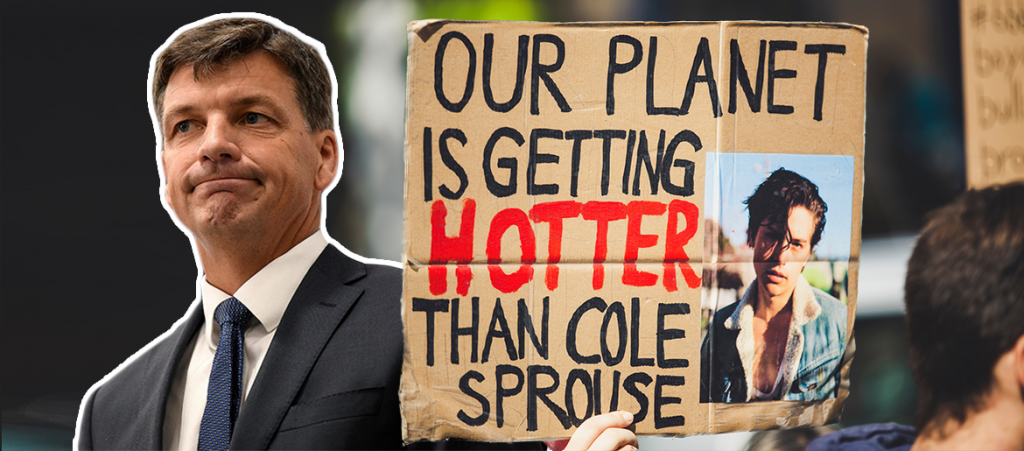
It’s official. After years of blundering through international forums and disrupting negotiations, Scott Morrison has decided to step over the world’s lowest bar for countries designing a credible climate policy and commit to a net-zero by 2050 target. Though, it’s a target in name only. The plan (we’re using this word very loosely) to achieve net-zero relies mainly on a range of technologies that don’t yet exist and some mathematical magic tricks. It’s far from the comprehensive, ambitious policies that other countries are expected to bring to COP26 next week – we’re already being slammed in international media for it.
To cut through the shocking and shameless government spin, it’s important to understand what does and does not constitute a legitimate pathway to net-zero. Get your head around it with this primer on the basics of emissions reduction and why not all net-zero commitments are made equal…
Firstly, what do we mean by ‘net-zero’?
‘Net-zero emissions’ refers to the overall tally of emissions produced by an economy. To achieve a total (net) level of zero emissions, the amount of greenhouse gasses emitted by a country must not exceed the amount ‘removed’ from the atmosphere. This is what net-zero means in principle.
While technically you can still produce greenhouse gas emissions in a net-zero economy, it does not mean conducting business as usual (like approving new coal mines). It is important to get as close to a ‘real’ level of zero emissions as possible. This will require rapid and drastic transformation to virtually every area of our economy, and most importantly: leaving fossil fuels in the ground (i.e. don’t make this awful problem much, much worse).
When do we need to achieve net-zero emissions?
The IPCC report confirmed (once again) that we need to reach net-zero, globally, around 2050, but we need to start drawing down emissions ASAP. Why?
Emissions are cumulative, meaning that everything we emit today is adding to what we emitted yesterday. The longer it takes to reach net-zero, the more greenhouse gasses we release into the atmosphere, worsening the damage to communities and ecosystems.
So yes, we need to reach net-zero by 2050, but we can’t start tackling this in 2049. That’s why COP26 next week will be focused on what needs to happen over the next decade.
From friend in UK "the first 10 minutes of the BBCs 9pm news tonight was dedicated to Australia’s appalling commitment to climate change"
— Dan Ilic 🔣 (@danilic) October 26, 2021
How do we get to net-zero by 2050?
This is where things can get a little tricky. As Scott Morrison showed us, it’s entirely possible to commit to a net-zero by 2050 target whilst also backing a bogus range of policies to get there. His proposed pathway to net-zero – which relies on non-existent technologies and crossing our fingers – is not it.
In reality, Australia needs to cut its emissions by at least 50% by 2030, with researchers at the Climate Council recommending even greater cuts of up to 75%. Meanwhile, the Prime Minister has no plans to formally update Australia’s current 2030 targets, which aims for a 26 to 28% cut in emissions at 2005 levels.
The International Energy Agency, (a historically pro-industry body) warned that no new fossil fuel projects can be started after this year if we are to meet net-zero by 2050. For context, the Australian government has already approved three new coal mines in the last several weeks alone.
Morrison & co have now cleared the lowest possible bar by committing to net-zero by 2050. But by refusing to set a new 2030 target, or even a concrete strategy for how any target would be achieved, it’s hard to have confidence that we will get there.




